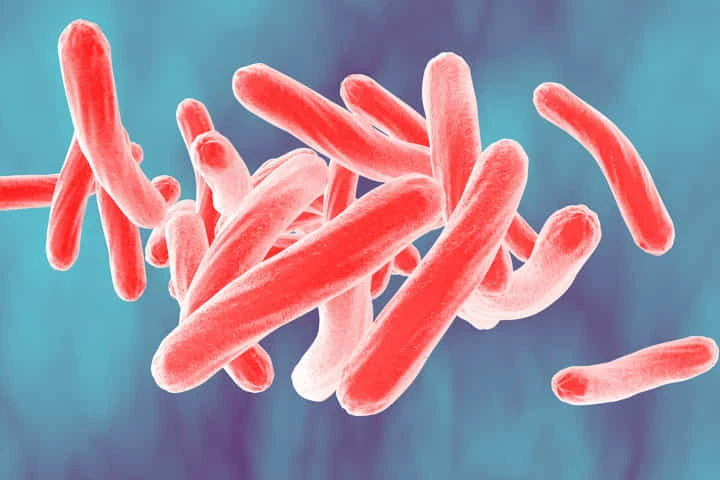It is generally believed that serious and fatal diseases of Europe like whooping cough, smallpox and the dreaded tuberculosis reached different parts of the world, including South America, due to colonisation. Yet, a report in sciencealert.com mentions that a recent study suggests that tuberculosis strain may have already reached South America coasts and mountains, much before this.
Scientists in 2014 discovered in skeletons from 1,000 years ago in South America the DNA of a bacterium which was connected with Mycobacterium tuberculosis which leads to tuberculosis in human beings. It may be noted that this was much before the Spanish, French and Portuguese set foot in the continent as colonisers.
Even though it has been known to science that TB moves from one species of mammal to another yet the detection of this ancient strain in South America points to the need for rethinking as to how the bacteria spread originally.
The 2014 or the pre-contact strains had the closest resemblance to M. pinnipedii – prevalent in mammals of marine ecosystem which have flippers (pinnipeds), like sea lions and seals.
Also read: Why Amazon tribes suffer less from Alzheimer’s disease and dementia
The common forebear of all Mycobacterium strains or the M. tuberculosis complex came into being 6,000 years ago indicating that it rode on the mammals of the sea to be moved across the oceans.
Three more ancient strains were found in skeletons belonging to people who lived in Columbia and Peru at places that were inland. Located in mountain ranges spread wide, the TB looks to be chronic and endemic among the local populace.
Sharing details about this discovery, University of Oklahoma’s anthropologist Tanvi Honap said: "These three new cases of pre-contact-era South American TB are from human remains that come from inland archaeological sites, two of which are situated in the highlands of the Colombian Andes. All of these new three ancient TB genomes resemble M. pinnipedii – the same TB variant found in the ancient coastal Peruvian individuals and in modern-day seals and sea lions."
As historical and archaeological evidence found in inland Peru and Columbia does not hint at the people of these regions eating meat of sea lions or seals brought from the coast, it indicates that the disease reached these inland locations through another host.
What seems likely is that these bacterial strains did not move straight from pinniped to the inland individuals but instead took the route of spreading from one human to another or spreading among other land mammals over a period of time to reach the inland locations.
For example, in present-day New Zealand cases of TB have been detected which have reached the grazing cattle from seals, thus making available a bridge from creatures of sea to those of land.
Elaborating on this Honap said: "Colombia has a wide variety of terrestrial mammals, so M. pinnipedii could have been brought inland via the animal life. Or in a more likely scenario, it could have been brought inland via human-to-human transmission facilitated by trade routes, or a combination of both!"
With the European variant reaching South America, the original strains were replaced.
Also read: Scientists discover how the brain wakes up and reboots after anaesthesia
Scientists now want to understand the past of this disease in the precolonial times and by using genomic research hope to comprehend how the illness became endemic in different locations at different times.
Summing up the research, its authors said: "[W]e believe that one or multiple separate introductions of M. pinnipedii from pinniped populations to human and/or terrestrial animal populations is currently the most parsimonious explanation for their spread to these inland locations. Additional genomic data… from the pre-contact Americas will help develop these hypotheses further."
The details of the study were published in Nature Communications.




















